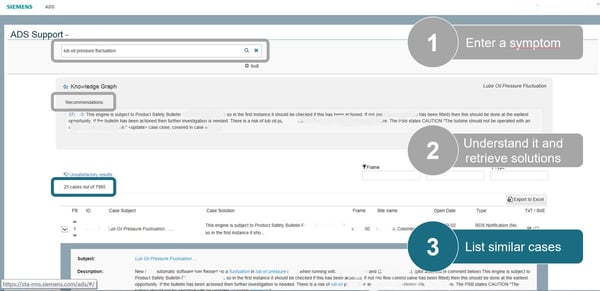Steps towards semantic search and text analytics
Summer events have started for ayfie. Just recently, we attended the IGNITE2019 conference in Oslo, an event for revolutionary ideas in industry and technology. The conference was all about the Fourth Industrial Revolution, where industry and tech reimagine work together and how.
Our Chief Scientist Franz Guenthner had a speaking role and spoke about the "Steps towards semantic search and text analytics". In this blog post, we summarize the key findings of his lecture for everybody who missed it.
%20(54).jpg?width=600&name=Image%20from%20iOS%20(54)%20(54).jpg)
The notion of "semantic search" has become popular with the so-called "semantic web", where the idea was to enhance web based documents with semantic meta-information. So far there seems to be no serious (non-ad-hoc) examples of semantic search. Even the infoboxes in Wikipedia are manually constructed, states Prof. Dr. Franz Guenthner during his speech.
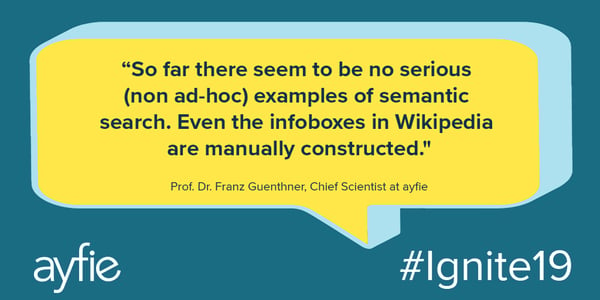
The two main problems for creating manually curated resources such as Wikidata are:
- The quality and coverage of these databases
- Annotating documents with the information in these databases
Guenthner also pointed out the main innovations in web search:
- Inclusion of anchor text
- Tracking query results
- Incorporation of ”knowledge graphs”
The following image shows examples of pre-computed query results. Google includes more and more hard-wired queries in its suggest functionality.
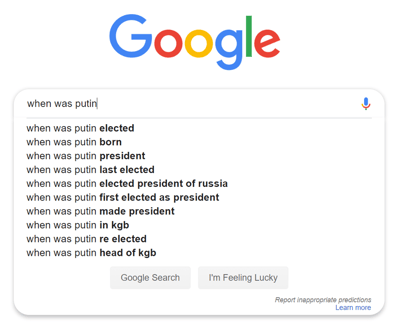
A big obstacle to Semantic Search is that words, the sequence of words, or sets of words are not good candidates for 'units of meaning.' Sticking to the simplicity of words is one of the most serious mistakes in linguistic thinking.
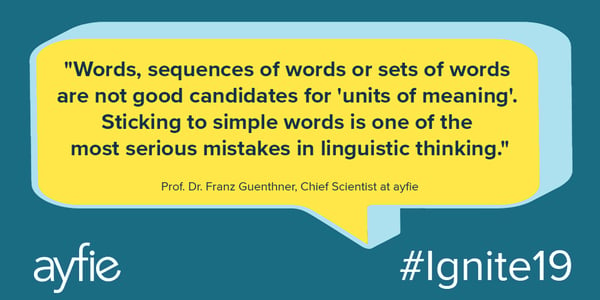
Determining the correct and precise 'propositional form' for a given sentence is the most important and the most challenging questions in linguistic analysis. This is because the morphological surface form of sentences very rarely mirror their semantic form directly. Prof. Dr. Franz Guenthner showed the following chart to illustrate this point:
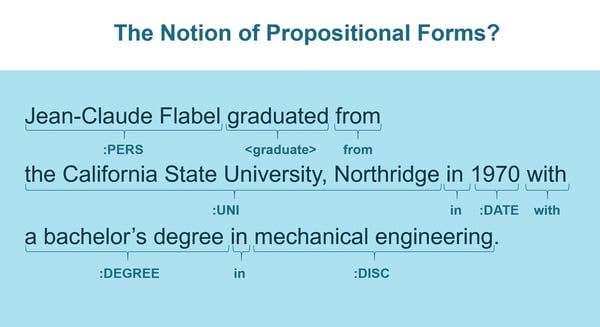
To sum up his talk, he showed a compelling use case as to how Siemens is using the Advanced Diagnostic System (ADS) to introduce Service Intelligence into the diagnostics of machine symptoms based on ayfie’s linguistic frameworks.
If you want to learn more about this topic or are interested in the presentation, please do not hesitate to contact us.
